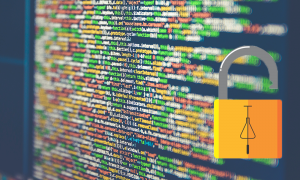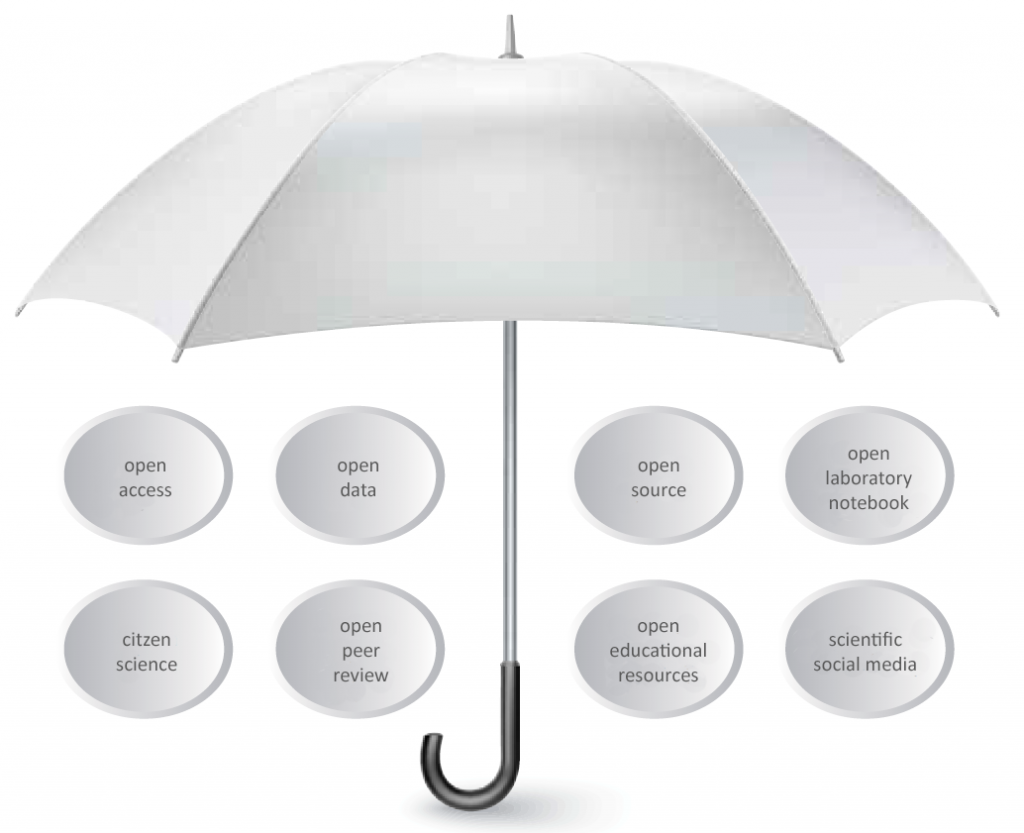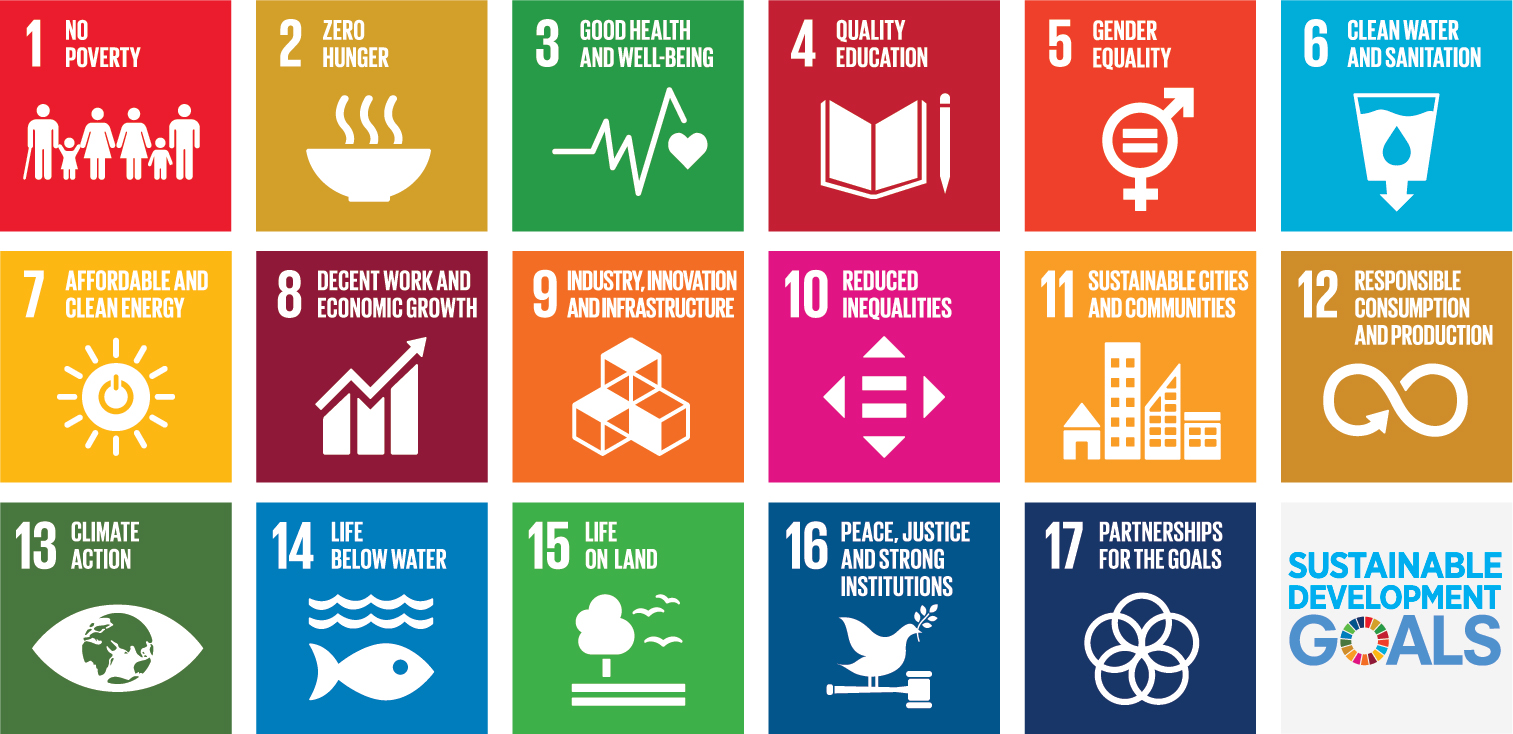By Abel L Packer and Solange Santos1

Open Science calls for an essentially enriching considerable transformation of the traditional modus operandi of fostering, designing, conducting, and particularly communicating research. The objective is to privilege the collaborative nature of research and to democratize the access and use of scientific knowledge. It encompasses a set of practices, among which we highlight:
- providing open access to data, analysis methods, software codes, and other research materials, as well as the outcomes obtained to enable data preservation, reproducibility, and reusability;
- fast communication of articles as a key factor to the advancement of scientific knowledge through the adoption of preprints, which is a complete version of the scientific article deposited by the authors in a public preprints server, before being submitted to a journal for publication. Preprints, thus, position themselves as the formal origin of the article publication flow and provide authors greater control over communication;
- transparency and progressive openness in the manuscript peer review processes involving relationships and interactions between authors, editors and peer reviewers.
Although Open Science concepts have always been present during science evolution, the current movement is a product of the web and, more precisely, of its ability to promote disintermediation in the processes of information access and communication and content interoperability.
The nature of Open Science
The foundations, analysis and critical views of the concept and movements in favor of Open Science point out as a common axis the improvement of science functioning according to various dimensions, priorities or schools of thought. Particularly, the enrichment of the research communication modus operandi has as its main focus the improvement of the application of the scientific method in favor of the reliable generation of unprecedented knowledge, which translates into the conduction of informed and reproducible research, complying with ethical standards and favoring return of the investments. This return is a claim from research funding agencies wishing to foster the openness of research methods and data to be used in other studies, educational processes and objects, technological innovations, professional applications, continuous education, and other uses. In other words, the wide access to sources of knowledge involved and produced in the research process aims to maximize the raison d’être of science as a cultural and social cooperative enterprise.

Figure 1. An umbrella encompassing independent practices has become the most popular among Open Science concept imagery.
Therefore, on the one hand, Open Science strengthens the networks of collaboration between researchers for the advancement of universal knowledge of disciplines and science in general. On the other hand, it promotes the social function of science in providing understandings and solutions to the major issues affecting the present and future of humanity, which are carefully systematized in the Declaration of the 17 Sustainable Development Goals (SDGs), launched in 2015 and approved by 193 countries, under the United Nations leadership, and known as 2030 Agenda (refer to Figure 2).

Figure 2. 2030 Agenda – 17 United Nations Sustainable Development Goals (SDGs).
In many ways, the SDGs and Open Science are contemporary and global policies that converge in pursuit of better living conditions and environmental protection. This convergence is a key factor in global governance and in the interaction with its multiple regional, national, local and thematic contexts, highlighting the ability to influence public policies with the best available scientific evidence, empowering democratic and solidary society, including the identification and rejection of fake news and its destructive effects, as well as rejecting science-denying movements, some especially pernicious as refuting the effects of climate change, vaccine efficiency, and nonsenses like the flat Earth model.
The dissemination and discussion about the meanings of Open Science, the challenges that its adoption imposes and, especially, the advantages and gains it provides have grown in the international and national scientific scenario. It seems that the pace of adopting its practices will be expedited in the near future. This fact was recorded in a recent survey on the implementation of Open Science in the European Union and in eight other countries, prepared by Fiocruz and published as the green book2. There are also a growing number of information sources available on the web advocating the adoption of Open Science, such as training courses, websites, forums, etc. oriented to researchers and other actors.
The Brazilian government, in the context of the international partnership that helped create the 2011 Open Government Partnership (OGP) and its implementation agenda, launched in 2018 the 4th National Open Government Action Plan, consisting of eleven commitments. The third deals with Innovation and Open Government in science, more specifically with the “establishment of mechanisms for the governance of scientific data”, a commitment that, it’s worth remembering, is associated with SDG 9.5 for advancing research and technological capabilities. This commitment is structured in nine execution milestones, under the coordination of Embrapa and relies on the participation of federal Science and Technology bodies (Capes, CNEN, CNPq, Embrapa, Fiocruz and IBICT) and civil society actors, especially for the Brazilian Association of Scientific Editors (ABEC) and the SciELO/Fapesp Program in the domain of scholarly communication (Figure 3).

1.Implementing an interinstitutional network for Open Science
2. Conducting national and international diagnosis of Open Science
3. Defining guidelines and principles for institutional policies supporting Open Science
4. Promoting raising awareness, participation and capacity building in Open Science
5. Articulation with funding agencies to implement Open Science support actions
6. Articulation with scientific editors to implement actions in support of Open Science
7. Deploying pilot Federated Infrastructure for Research Data Repositories
8. Proposing interoperability standards for Research Data Repositories
9. Proposing a set of indicators for measuring Open Science maturity
At the SciELO Network meeting, which took place during SciELO’s 20th Anniversary celebrations in September 2018, the lines of action3 for the next five years which include the progressive adoption of Open Science communication practices were approved.
Shared research
The central aspect of the desired “open” science qualification is the ability of communication permeating all processes and contents of the research cycle, which, it’s worth repeating, rescues and promotes the collaborative nature of the scientific enterprise in the creation of unprecedented knowledge. This broad and informed opening characterizes scientific knowledge as a global and inclusive public good, geographically, thematically, and socially. Openness implies that the formulation and execution of research projects include careful and standardized registry of processes, methods, materials and data with a view to their public and readable availability, for both humans and computers. This record ensures the integrity of the communication of outcomes. There are more advanced cases where the process itself is opened, as in open lab notebooks.
Conceptually, making communication pervade the entire research cycle is as or more important than the traditional and isolated final act of writing and communicating results through one or more journal articles. Besides ensuring the consistency of the entire research, allowing reuse and facilitating evaluations, making research data available – on trusted public servers – ensures its preservation and avoids the tendency of progressive data loss over the years, when kept by the researchers themselves or in non-sustainable environments.
The ability to communicate across the entire research cycle translates into transparency and exposure while performing the research to automated, peer and public quality controls regarding methodological rigor and ethical standards. All of that contributes to minimizing errors and misconduct such as plagiarism, conflicts of interest, falsified data, flawed peer review, and false authorship attribution.
Research data management and sharing
The practice of open data is formalized by data management as an integral part of projects, i.e., from the beginning to the end of the research cycle. It starts with a data management plan that integrates the project proposal in accordance with instructions from the funding agency or institution. An example is the website service of the University of California Curation Center <https://dmptool.org/> of the California Digital Library that guides the researcher in preparing data management plans according to different models.
Data management is a structuring function of the qualified execution of the research objectives investigation, the adopted methods, the findings, and its communication skills. It includes the processes of creation or collection, quality control, structuring, storage, and making the research data available, whether generated by the project itself or reused from other sources. Data management guides, methodologies, tools and services almost always assume the use of digital media.
The objective is to plan, make feasible, and facilitate, on the one hand, the understanding and evaluation of the correct research execution, validation of the results and their reproducibility, and, on the other hand, data sharing aiming at its reuse. Here the concept of data may also include methodological tools and software codes.
Since its publication in Scientific Data in 2016, the “FAIR Guiding Principles for Scientific Data Management and Stewardship”4 has progressively merged as a consensus reference guide for the efficient organization and delivery of research data and server functionality. By FAIR we mean: Findable, Accessible, Interoperable, and Reusable. The Global Open FAIR (GO FAIR) initiative comprises networks of implementation of the FAIR principles with a view to the development of the Internet of FAIR Data & Services (IFDS). Brazil started its participation with GO FAIR Brasil Saúde, with the network of implementation of FAIR principles in health sciences, under Fiocruz’s leadership.
In FAIR data management, researchers deposit on a server a data set structured by three components following the architecture of digital objects: a persistent identifier such as DOI (Digital Object Identifier), data, and metadata. Metadata is generally dependent on the subject area and describes the data with standardized identification of authorship, title, description, keywords, data elements, location, etc., making them citable sources. Whenever appropriate, authors should write a data article, providing data detailing, source, curation, and analysis possibilities and limitations of use, which is another citable source. Finally, they prepare one or more textual research articles with data analysis, description, and results discussion. Thus, with open data, authors can broaden research communication channels with at least three citable sources: data, data articles, and narrative articles. Data is usually opened after publishing the articles. In justified cases of privacy preservation and need for temporary or definitive confidentiality, the data is not open. In the context of Open Science, ethics committees will also be given guidance on what types of data should or should not be open.
As research data management is highly dependent on disciplines and subject areas, scientific societies and graduate program associations are called upon to develop dissemination and training programs and guides for data management practices for their respective research communities.
Internationally, journals are adopting in their editorial policies and manuscript evaluation criteria controls over research data, as well as software codes, and other materials that support the statements and results obtained. A key control aspect is the citation standards that generally follow the same citation structure as for scientific literature. Data Cite is a reference organization for methodological data citation issues. It also operates the R3Data catalog of research data repositories and it is a source for journals to establish which repositories are acceptable. The journals also feature the Center for Open Science (COS) Transparency and Openness Promotion (TOP) Guidelines as a guide for defining a path of gradual adoption of structured data management across eight distinct criteria and three levels of deployment. In Brazil, SciELO has adopted the TOP Guidelines in alignment with Open Science. For all Brazilian journals, ABEC’s leadership in updating editorial policies will be decisive. Researchers who follow data management standards are able to smoothly meet the journals’ demands.
Funding agencies now require data management plan as part of the research project among the criteria for evaluating grant applications. FAPESP initiated this requirement in November 2018, initially for the Thematic Projects. It is also currently promoting a data management network involving São Paulo state’s seven public universities. Similarly, the management of research data including the use of repositories has now become part of universities and research institutions’ research policies.
Notes
1. This post was originally published in Boletim Informativo da Sociedade Brasileira de Ciência do Solo and split into two parts for publication in the SciELO in Perspective blog. See Part II here.
2. SANTOS, P.X., et al. Livro Verde – Ciência Aberta e dados abertos: mapeamento e análise de políticas, infraestruturas e estratégias em perspectiva nacional e internacional. Rio de Janeiro: Fiocruz, 2017 [viewed 1 August 2019]. Available from: https://www.arca.fiocruz.br/handle/icict/24117
3. SciELO – Linhas prioritárias de ação 2019-2023 [online]. SciELO 20 Anos. 2018 [viewed 1 August 2019]. Available from: https://www.scielo20.org/redescielo/wp-content/uploads/sites/2/2018/09/Líneas-prioritaris-de-acción-2019-2023_pt.pdf
4. WILKINSON, M. D., et al. The FAIR guiding principles for scientific data management and stewardship. Scientific Data [online]. 2016, vol. 1, no. 3 [viewed 1 August 2019]. DOI: 10.1038/sdata.2016.18. Available from: https://www.nature.com/articles/sdata201618
References
ALBAGLI, S., MACIEL, M.L. and ABDO, A.H. (org.). Ciência Aberta, questões abertas. Brasília: Ibict; Rio de Janeiro: Unirio, 2015 [viewed 1 August 2019]. Available from: https://bit.ly/2o2b6c4
BENEDIKT, F. and SASCHA, F. Open Science: One Term, Five Schools of Thought. In: BENEDIKT, F. and SASCHA, F. (eds) Opening Science. Cham: Springer, 2014 [viewed 1 August 2019]. DOI: https://doi.org/10.1007/978-3-319-00026-8_2
MONS, B. Data Stewardship for Open Science: Implementing FAIR Principles. Boca Raton: CRC Press, 2018. Available from: https://bit.ly/2uVb47z
PACKER, A.L. and SANTOS, S. Ciência Aberta e o novo modus operandi de comunicar pesquisa. Boletim Informativo da Sociedade Brasileira de Ciência do Solo. 2019, vol. 45, no. 1, pp. 17-24 [viewed 1 August 2019]. Available from: https://www.sbcs.org.br/wp-content/uploads/2019/06/Boletim-SBCS-Volume-45-N%C3%BAmero-1.pdf
SANTOS, P.X., et al. Livro Verde – Ciência Aberta e dados abertos: mapeamento e análise de políticas, infraestruturas e estratégias em perspectiva nacional e internacional. Rio de Janeiro: Fiocruz, 2017 [viewed 1 August 2019]. Available from: https://www.arca.fiocruz.br/handle/icict/24117
SciELO – Linhas prioritárias de ação 2019-2023 [online]. SciELO 20 Anos. 2018 [viewed 1 August 2019]. Available from: https://www.scielo20.org/redescielo/wp-content/uploads/sites/2/2018/09/Líneas-prioritaris-de-acción-2019-2023_pt.pdf
WILKINSON, M. D., et al. The FAIR guiding principles for scientific data management and stewardship. Scientific Data [online]. 2016, vol. 1, no. 3 [viewed 1 August 2019]. DOI: 10.1038/sdata.2016.18. Available from: https://www.nature.com/articles/sdata201618
External links
O que é Ciência Aberta? – Formação Modular em Ciência Aberta <https://campusvirtual.fiocruz.br/gestordecursos/mod_hotsite/ciencia-aberta>
Open Science MOOC <https://opensciencemooc.eu/about/>
Research Data Alliance <https://rd-alliance.org/>
The FOSTER Portal <https://www.fosteropenscience.eu/>
Translated from the original in Portuguese by Lilian Nassi-Calò.
Como citar este post [ISO 690/2010]:

















Recent Comments